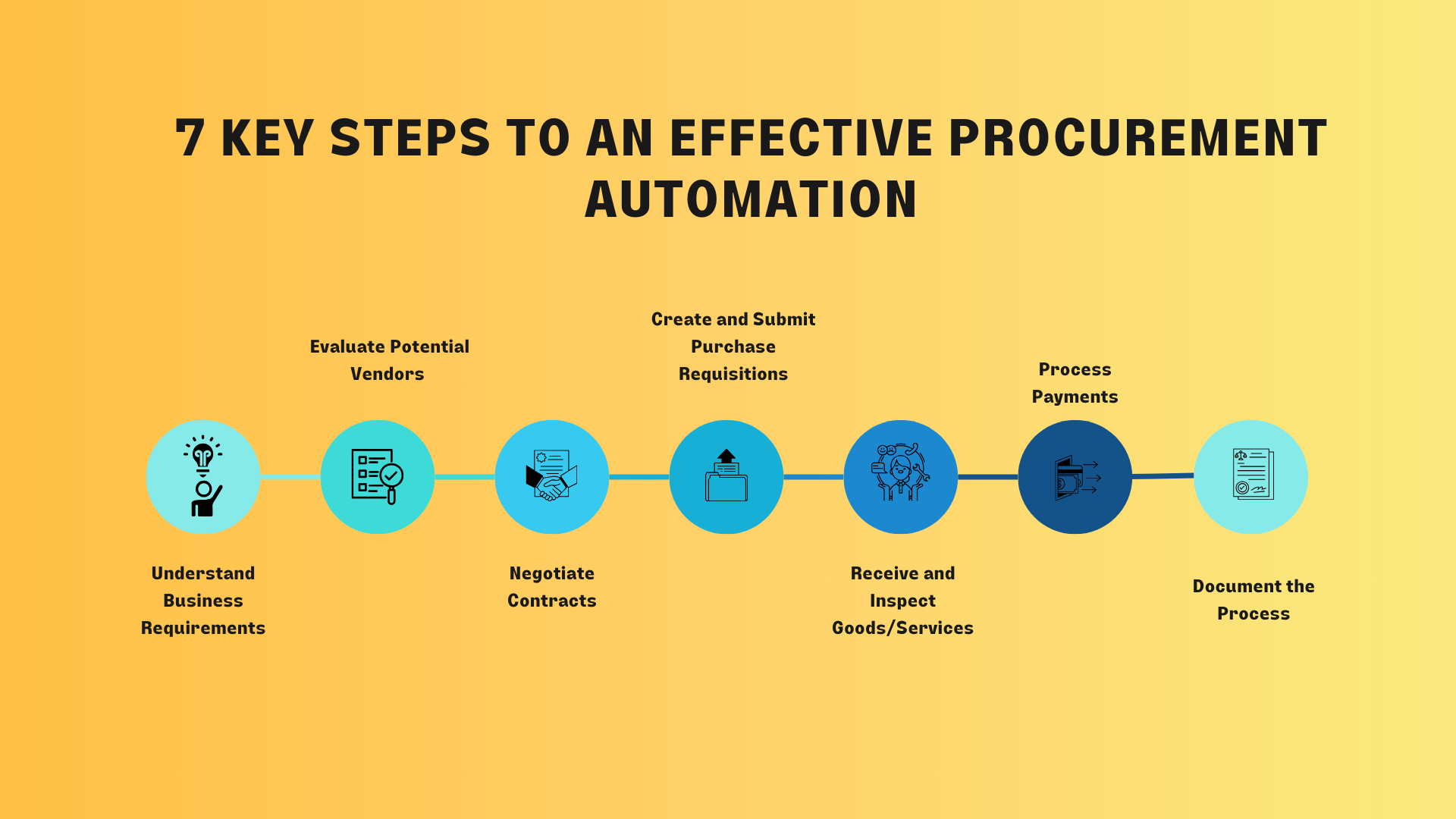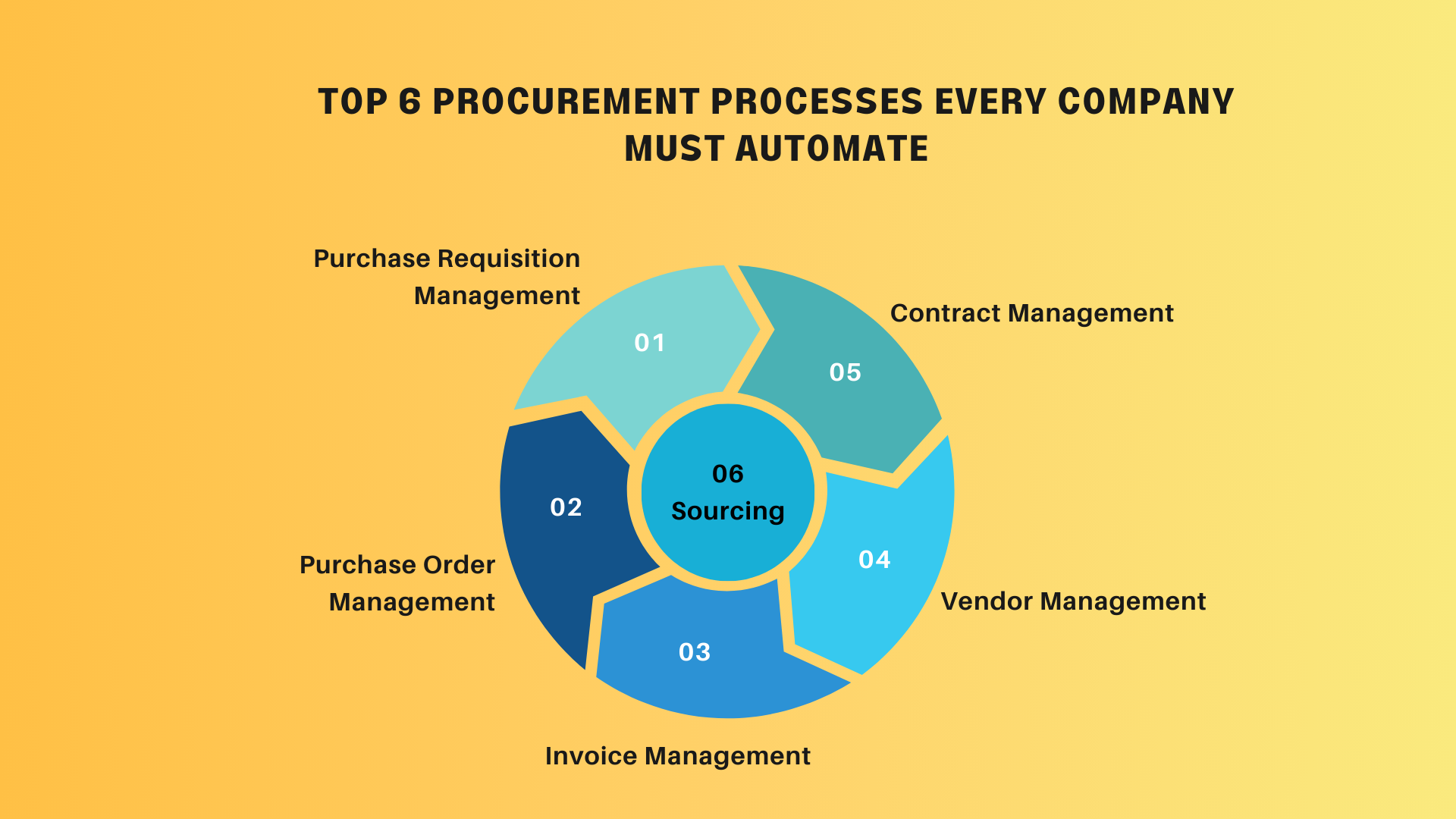In today’s fast-paced, technology-driven world, businesses are constantly searching for ways to streamline their operations and improve efficiency. One area that has seen significant advancements is procurement, more specifically, procurement automation. This post will delve into what procurement automation is, why it’s essential, its benefits, the key steps to an effective automated procurement system, the top processes that should be automated, and how to automate these processes. Lastly, we will explore the best software tool for procurement automation.
What is Procurement Automation?
Procurement automation can be defined as the strategic use of technology to streamline and optimize procurement processes. This involves the digitization of manual tasks, such as purchase requisitions, invoice management, vendor selection, contract management, and more, to improve efficiency, reduce errors, and save time. The automation of these processes allows procurement professionals to focus more on strategic decision-making and less on routine, time-consuming tasks.
Why should you automate your procurement process?
In the past, procurement involved a lot of manual processes, which were not only time-consuming but also prone to errors and inefficiencies. Automation eliminates these issues by digitizing and streamlining these tasks. This allows for faster, more accurate operations that can easily scale as the business grows. Automating procurement processes also provides greater visibility, making it easier to track and manage spend, supplier performance, and contract compliance.
Benefits of Procurement Automation
Implementing procurement automation can offer a multitude of benefits to businesses. Here are some key advantages:
1. Increased Efficiency
Automating procurement processes eliminates manual tasks, allowing teams to get more done in less time. It also streamlines workflows, reducing bottlenecks and accelerating the procurement cycle.
2. Reduced Errors
Automation reduces human error, improving data accuracy and reducing costly mistakes. This leads to more accurate tracking of spend and better decision-making.
3. Improved Visibility
With automation, businesses gain real-time visibility into their procurement processes. This makes it easier to monitor spend, track supplier performance, and ensure compliance with contracts and regulations.
4. Cost Savings
By eliminating manual tasks and streamlining operations, businesses can realize significant cost savings. These savings can be reinvested in other areas of the business to drive growth and profitability.
5. Enhanced Supplier Relationships
Automation can improve communication and collaboration with suppliers, leading to stronger relationships and better outcomes for both parties.
7 Key Steps to an Effective Procurement Automation

Implementing a successful procurement automation system involves several key steps:
1. Understand Business Requirements
The first step is to understand the specific procurement needs of the business. This involves identifying the types of goods and services required, the volume of purchases, and the desired timelines.
2. Evaluate Potential Vendors
Next, businesses should evaluate potential vendors based on factors such as price, delivery times, quality of goods/services, and customer service.
3. Negotiate Contracts
Once a vendor has been selected, the next step is to negotiate a contract. This involves agreeing on the terms of the agreement, including pricing, delivery timelines, and other conditions.
4. Create and Submit Purchase Requisitions
After the contract has been finalized, a purchase requisition should be created and submitted for approval. This document outlines the details of the purchase, including the items to be bought, the quantities, the agreed-upon prices, and the delivery timeline.
5. Receive and Inspect Goods/Services
Upon delivery of the goods/services, they should be inspected to ensure they meet the agreed-upon quality standards. Any discrepancies should be addressed promptly.
6. Process Payments
Once the goods/services have been received and inspected, the invoice should be processed for payment. This involves verifying the details on the invoice against the purchase order and ensuring that the payment is made within the agreed-upon timeframe.
7. Document the Process
Finally, the entire procurement process should be documented. This provides a record of the transaction and can be useful for future reference and for auditing purposes.
Top 6 Procurement Processes Every Company Must Automate
While every aspect of procurement can benefit from automation, here are the top six processes that every company should prioritize:

1. Purchase Requisition Management
Automation can streamline the approval process, reducing the time it takes for a purchase requisition to move through the approval chain. It can also eliminate redundant steps, thus increasing efficiency.
2. Purchase Order Management
Automation can greatly improve the efficiency of the purchase order process, reducing errors and saving costs.
3. Invoice Management
Automating invoice management can eliminate common issues such as misplaced orders, submission delays, and lack of transparency. It can also speed up invoice approvals and improve compliance.
4. Vendor Management
Automation can streamline the vendor selection process, making it easier to choose the best vendor for the job. It can also improve communication with vendors, leading to better relationships.
5. Contract Management
With automation, businesses can have easy access to a centralized repository of contracts, making contract management much easier and more efficient.
6. Sourcing
Automation can streamline the sourcing process, making it easier to identify, evaluate, and select suppliers.
How to Automate Procurement Processes
The first step to automating procurement processes is to map out the current workflow. This involves identifying all the tasks involved in the procurement process and determining which ones can be automated. Once these tasks have been identified, businesses can then choose the appropriate automation software that meets their needs. The next step is to design the new automated workflows, implement them, and then test them to ensure they are working effectively.
Best Software Tool for Procurement Automation
Zapro is a leading procurement automation tool that offers a wide range of features, including purchase requisition management, purchase order management, invoice management, vendor management, contract management, and sourcing. With Zapro, businesses can streamline their procurement processes, improve efficiency, reduce errors, and save costs. Consider scheduling a demo of Zapro today to see how it can simplify procurement for your business.
To conclude, procurement automation is a powerful strategy for businesses looking to streamline their operations, improve efficiency, and gain a competitive edge. By automating procurement processes, businesses can reap numerous benefits, including increased productivity, reduced errors, improved visibility, cost savings, and enhanced supplier relationships. With the right tools and strategies, businesses can successfully implement procurement automation and transform their procurement operations.
